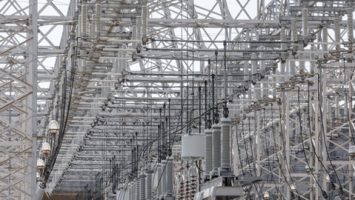
Researchers at the University of California, Santa Cruz have successfully designed a smart greenhouse that uses solar panels to generate electricity and produces healthy crops. The greenhouses use Wavelength-Selective Photovoltaic Systems (WSPVs), -a new technology that generates electricity more efficiently and at less cost than traditional photovoltaic systems. Transparent roof panels are embedded with a magenta luminescent dye that absorbs light and transfers energy to photovoltaic strips, where electricity is produced. WSPVs absorb some of the blue and green wavelengths of light but the majority passes through, allowing the plants to grow. The cost per panel 65 cents per watt—about 40 percent less than the per-watt cost of traditional silicon-based photovoltaic cells.
The WSPV technology was developed by UC Santa Cruz physics professors, Sue Carter and Glenn Alers, who founded Soliculture in 2012 to bring the technology to market.
The use of greenhouses has become increasingly more important to food production, making the reduction of energy requirements all the more important. Electricity is used to control temperature and power fans, lights, and other monitoring systems. By controlling climate, water use, and plant nutrition, greenhouses can produce food using a fraction of the land and water when compared with traditional field agriculture.
“We have demonstrated that ‘smart greenhouses’ can capture solar energy for electricity without reducing plant growth, which is pretty exciting,” said Michael Loik, professor of environmental studies. “This technology has the potential to take greenhouses offline. If greenhouses generate electricity on site, that reduces the need for an outside source, which helps lower greenhouse gas emissions even more. We’re moving toward self-sustaining greenhouses.”


